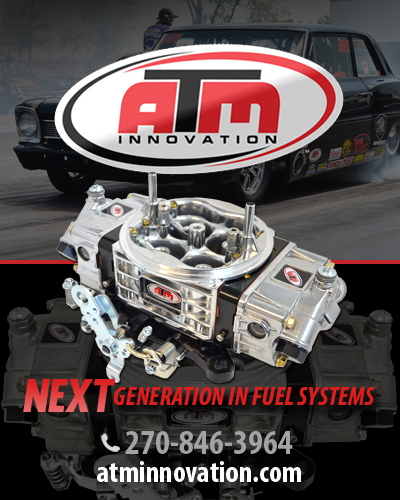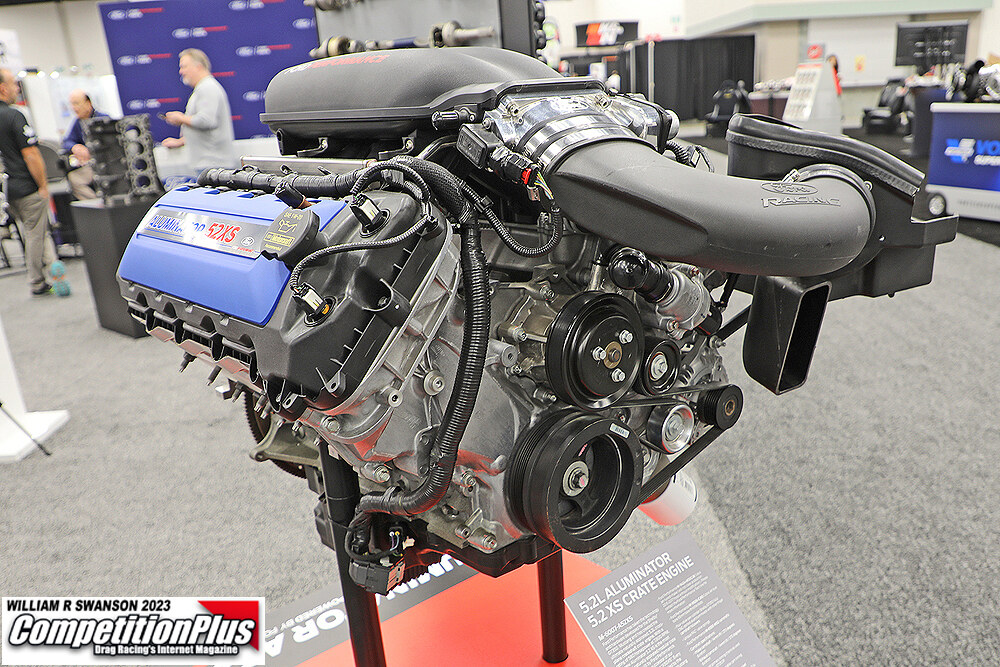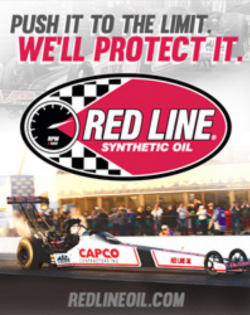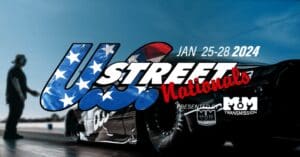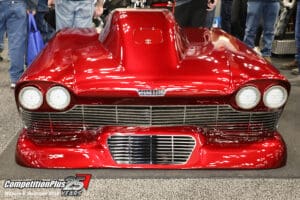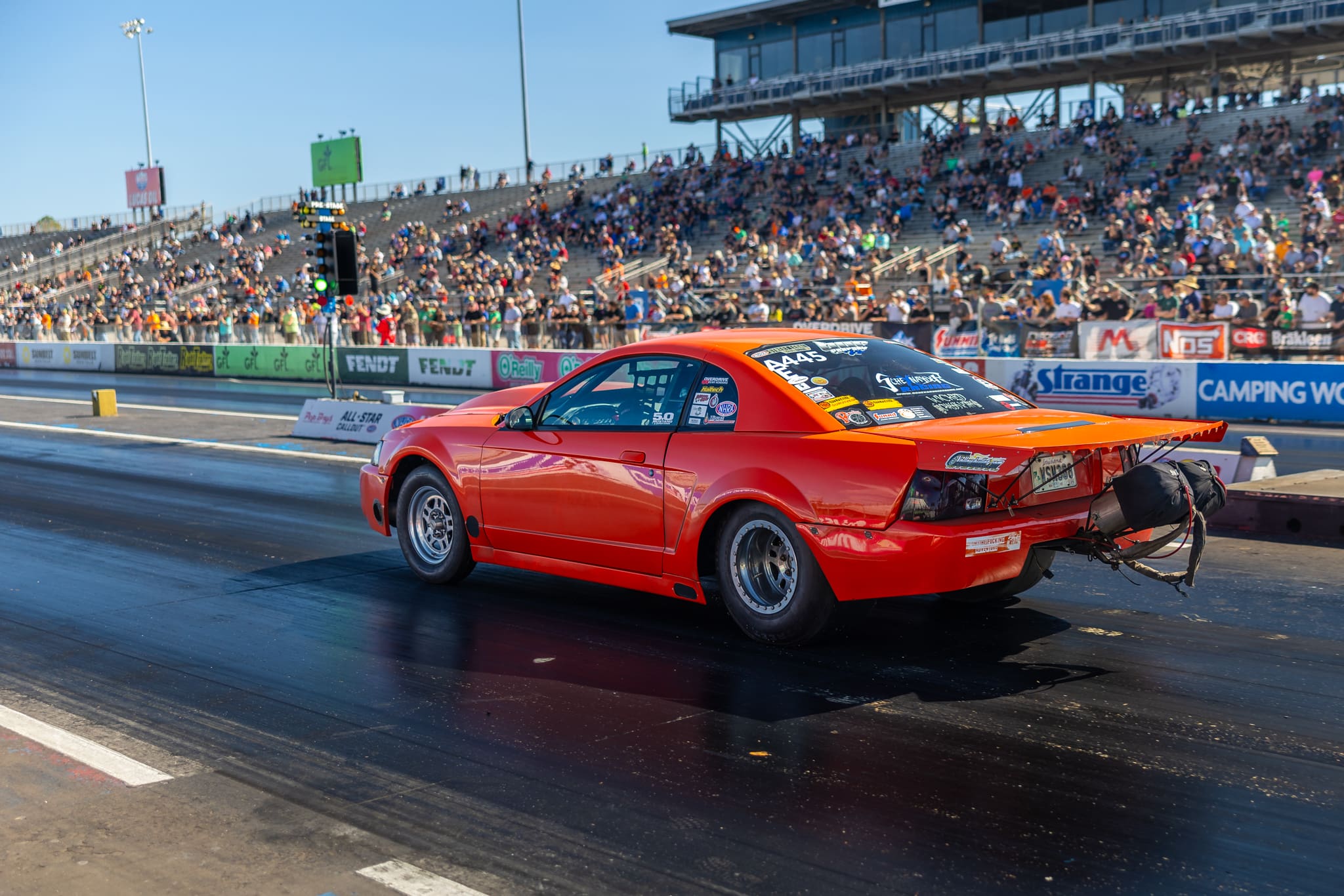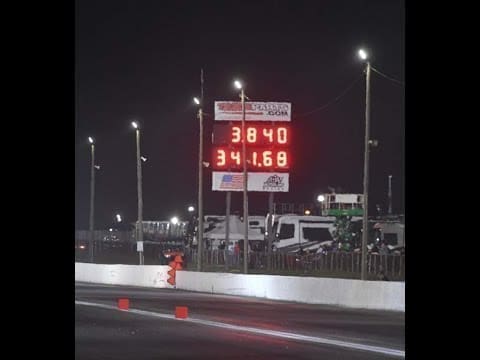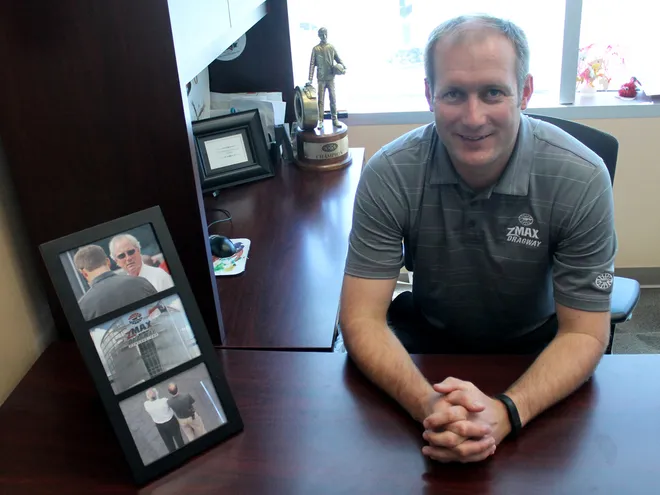
Pat Minick was the antithesis of what we expect hero race car drivers to be, and this was certainly true during the heyday of Funny Car match racing five decades ago. He lacked the killer good looks of a Hollywood superstar and was, in fact, somewhat rotund. He didn’t have the personality of a late-night TV host, but could tell tales about his experiences and exploits in drag racing that would convulse his audiences with laughter. When telling those tales, he was absolutely that guy who made you spit milk out of your nose when you were a kid in that school lunchroom.
But Minick could drive, oh yes he could. And he was smart, in some ways far more so than many of his contemporaries. He and two Chicago buddies, John Farkonas and Austin Coil (all inducted into the International Drag Racing Hall of Fame in 2014), teamed up on an altered wheelbase Mopar backed by Sedlak Plymouth that would eventually morph into the Chi-Town Hustler. It was a machine – really, more than one –that would bring the trio national acclaim while in some ways changing the face of match racing forever.
They housed the car in a cramped two-car garage on Chicago’s south side, venturing forth to compete in match races, Midwest UDRA events and races that even had “names” attached, like the 1st Annual King of Kings Funny Car Invitational at Capital Raceway near Washington in August of 1966, and the Olympics of Drag Racing at Union Grove, among others. Inevitably, they followed the path first trod by fellow Windy City racer Gary Dyer, who took the Mr. Norm’s Grand-Spaulding Dodge supercharged Coronet to the West Coast and kicked butt. The Hustler gang did the same thing a few years later, and few Chicagoans were surprised when another local, a guy named Don Schumacher, ended up replicating their California successes.
Ironically, no matter how quick the elapsed times or how fast the speeds were, Minick and the Hustler were more well known for their smog-like burnouts than they were their actual performance numbers. In truth, only Minick and his two buddies cared about those, while the fans – and the track operators – only cared about the burnouts. And those burnouts had to be seen in person to be believed, they were that overwhelming. Put in a way that some of our younger readers may better understand, if you think the burnouts that John Force did 10 years ago were something special, you should have seen the burnouts Minick executed 50 years ago. But amazingly, Minick wasn’t a fan of doing them because he felt it was hard on the car, and Coil and Farkonas agreed. The problem was the track operators who hired them in. They’d heard about the burnouts, and came to expect them every time, and in short order the trio had slightly changed the car’s internals to better absorb the punishment.
When we said they changed the face of match racing it was because Minick’s outrageous burnouts “forced” everyone else to try and duplicate them – and very few even came close.
The early years of my career were spent in Chicago, so I was fortunate enough to have met the Hustler bunch when they were still pretty much a local phenomenon. By then the altered wheelbase Plymouth had been exchanged for a radically raked, tube-framed Barracuda, but as cool as that car was, it paled in comparison to their late 60s Dodge Charger, a machine that would melt rubber faster than butter liquefies in a red-hot frying pan.
During the car’s construction I’d been pitching the story to every drag racing publication I could think of, but since so few people had heard of any previous version of the Hustler, I wasn’t having much luck. A sympathetic editor at Hot Rod Magazine finally gave me the go-ahead. I called Minick, and we arranged to meet the following weekend at Rockford (now Byron) Dragway near the western Illinois city of the same name, where they’d been hired in. From the second they arrived until the first round began I pestered, begged, pleaded and even tried to bribe them (that part’s a lie) into doing a big burnout. They were non-committal at best, but after Minick climbed into the car through the roof hatch (a necessity to accommodate his hefty frame) he held up his hand showing three fingers, indicating he’d do a third, or high-gear burnout. I quickly moved my ladder another hundred feet down track and man-of-man, did Minick ever deliver! The smoke completely buried the car in the other lane (who even remembers who it was?), and for the first time in my life track operator and probably rabid announcer Ron Leek was actually stunned into complete silence. It was, if not the actual dawning, darn near the dawning of a new age in drag racing.
From that point on Pat Minick and The Chi-Town Hustler became the talk of the drag racing world. When the team began scheduling West Coast appearances for the coming fall I called a few photographers and told them not to miss it. Every shooter from the era has a memorable photo of Minick melting the tires off the Hustler. At the car’s first appearance at Irwindale Raceway Minick’s burnout was so overwhelming that, after he’d backed up to the starting line, they had to shut both cars off to let the smoke drift away. And it took minutes, not seconds.
Alan Earman’s shot of the car from Carlsbad may be one of the most well-known. It’s a backlit masterpiece, with the car rolling out of a cloud of smoke seemingly as large as a cumulonimbus thunderhead. Hall of Famer Steve Reyes shot a museum’s worth of memorable Hustler images, and so did many others.
I think Pat was surprised when youngsters began asking for his autograph. The first few times I saw that happening he appeared almost embarrassed, as he never considered himself anything more than a regular guy who just happened to be driving a Funny Car. But, after a while he sorted of stepped outside of himself, and began to enjoy signing. He always made time for the youngest kids, always giving them a big smile. However, more than once he’d ask a friend, “Why do they want my autograph? I’m not even famous.” He might not have thought so, but his fans thought otherwise.
For years Minick promised me that, when the time was right, he’d spill his guts about everything he’d seen in drag racing. Obviously, that’s not going to happen now, so at least some of those stories will be gone with him. But there are others I either witnessed, or he told me about, and they were doozies. Like the time, early on, when they had some Chrysler backing and were towing the Barracuda on a flatbed trailer behind a big Dodge station wagon. What with match racing from Epping to Fremont, they’d put a lot of miles on the car, so they called the head Dodge guy, Dick Maxwell, and asked him for a new car. “I can’t do it,” he told them. “Not as long as that one’s still running.” Minick immediately went out to the garage, drained the oil and water out of the engine, jacked up the back end, fired it up and put a brick on the gas pedal. As Coil and Farkonas looked on with some concern, Minick awaited the inevitable engine failure. About 20 minutes later the engine coughed and seized up. After the three demented racers stopped laughing, Minick climbed behind the wheel and, sure enough, the engine fired back up. It didn’t do so well with a handful of sand added to the powerplant. They got their new wagon.
Several months later they were headed to a match race at Detroit Dragway when, on I-94, Minick realized there was a Volkswagen beetle crowded right underneath the back end of the ‘Cuda F/C, which overhung the back of the flatbed. “There’s some idiot in a VW back there, underneath the race car,” Minick announced to his passengers. Farkonas, the engineer of the trio, reportedly said, “Just go faster. It’ll blow him right outa there.” Minick later claimed that the VW “stuck” until he hit 95MPH. What happened then, he was asked. “I’m not really sure, but he sure blew off the highway in a hurry!” Is that story true, or just another Funny Car urban legend? Do you really care, one way or the other?
And finally, about those performances. Some time after the late Leroy Goldstein was credited for being the first F/C driver to run in the sixes, Minick told me that he was absolutely sure that the Hustler had been the first to crack the barrier. He was a tiny bit bitter about it because a “second” barrier is something pretty special, as evidenced by everyone’s remembering it was Eddie Hill who broke the four second mark. Anyway, Minick told me it had taken place at Edgewater Park in Cincinnati, but the track operator had been reluctant to have it announced for fear of his track getting a reputation for hot clocks. Decades later I was relating this story to a bunch of guys at one of the Street Machine Nationals when one of them jumped in to say, “I know that story’s true. I was the announcer at Edgewater that night, and when the 6.99 came up on the clocks the track manager grabbed me by the back of the neck and said, ‘Don’t announce that. Give ‘em a seven-flat instead.’” Pat told me the track manager told him about the 6.99 when he went up to get paid.
Sure, it would have been nice for Pat Minick to have been remembered as being the first six second Funny Car driver, but elapsed times and speeds — heck, even burnouts – do not make a man. The sum of his parts are his personality, his thoughtfulness, the way he interacts with his family and his fellows – these are the things that are truly memorable. Pat Minick was a hell of a driver, but he was a lot more. He was a hell of a human being
EDITORS NOTE – A wake is being held for Pat Minick from 3 PM, CST until 9 PM on Monday, January 23, 2017 at the Damar-Kaminski Funeral Home, 7861 S. 88th Ave. in Justice, IL, 60458.
Damar-Kaminski Funeral Home can be reached at 708-496-0200.













